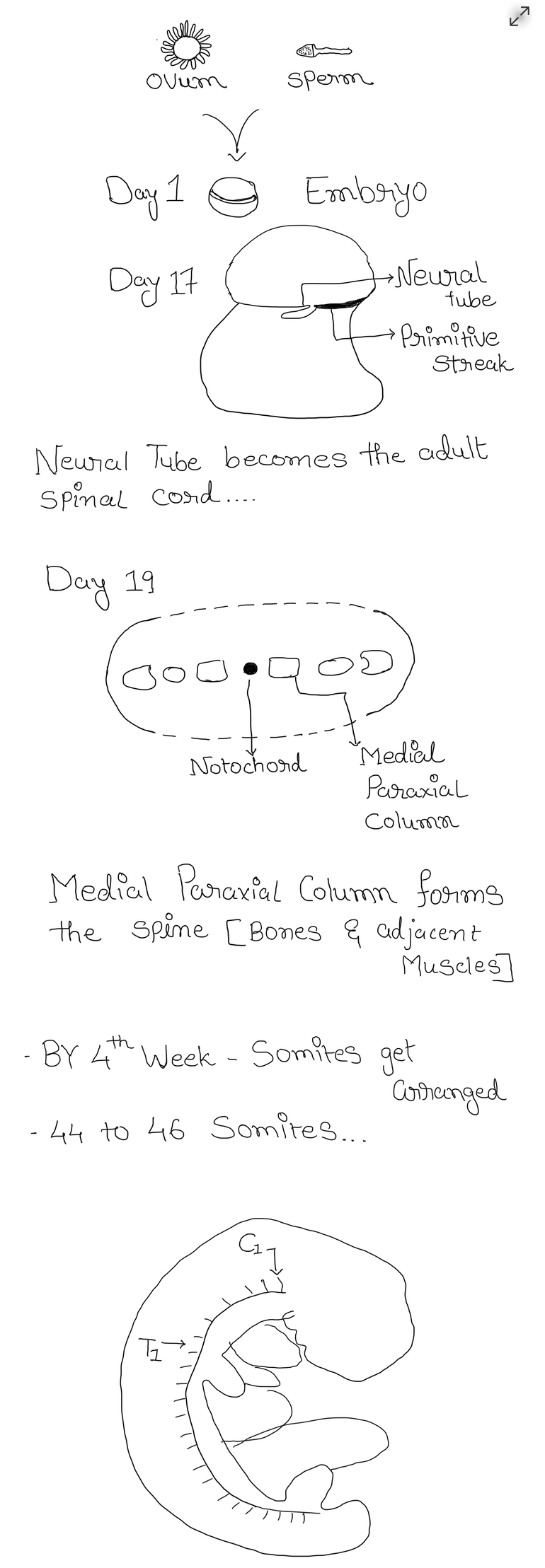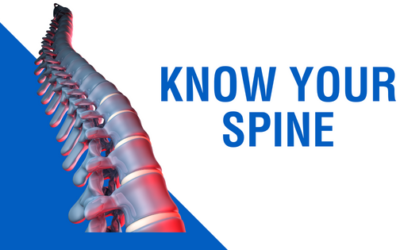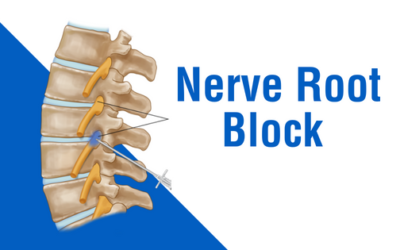Embryo develops in the most astounding ways. Spine develops from some of the pluripotent cells arranging themselves in a vertebral arrangement. Various congenital syndromes and some degenerative spinal processes have a defect in embryonal development.
Metamerism is the development of spine in a linear fashion from many similar segments. Spine comprises of numerous units of similar structure arranged in a linear fashion. Human spine is anisomeric, meaning there are lesser number of spinal segments compared to other animals like snakes, but these lesser number of segments are more specialized in function.
Let us now see, how the spine actually develops. After Conception (Ovum & Sperm Meet)
Day 17 – Development of the Human Spine Begins
Day 19 – Notochord is formed (Gives rise to Intervertebral Discs in adults)
By 4th Week – Somites are formed from the medial paraxial column and are arranged in a curved fashion.
4th to 8th Week – Vertebral Column Ossification from the somites occurs and simultaneously White Matter of the spinal cord appears from the neural tube.
9th to 36th Week – Rotational Movements in the Fetus support further development of the spine.
Genetic Syndromes due to defect in development of spine include,
-
Klippel-Feil Syndrome
-
Caudal Dysplasias
Created & Compiled by Akruti Dave & Mirant Dave (Dr. BRD Jr.)




